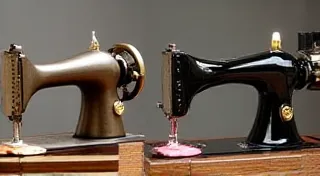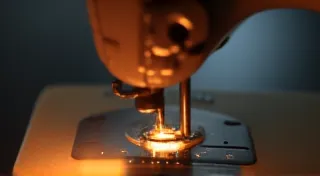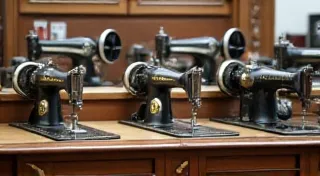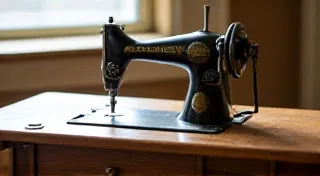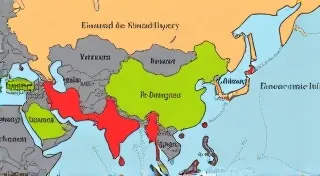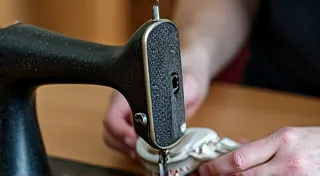The Influence of Patents on Early Sewing Machine Design
There's a certain magic that comes with holding a truly antique sewing machine. More than just a tool, it's a tangible connection to a bygone era of ingenuity, a testament to the relentless human drive to improve and innovate. As a collector, I’m not merely drawn to their aesthetic beauty – the ornate castings, the polished wood, the satisfying click of gears – but to the stories etched into their very existence. These aren't just machines; they're battlegrounds of invention, marked by fierce patent wars and a constant striving for a better stitch. Understanding the influence of patents on early sewing machine design unlocks a deeper appreciation for the craft and the personalities who shaped this revolutionary technology.
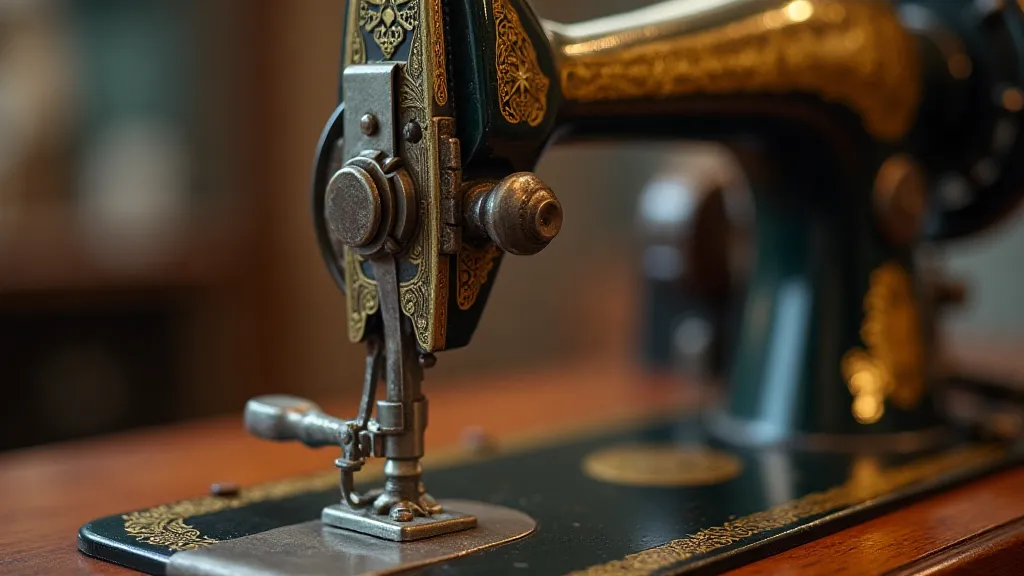
The Genesis of a Revolution: Early Inventions
The need for a mechanical sewing machine arose from the burgeoning textile industry of the 19th century. Hand sewing, a laborious and time-consuming process, simply couldn't keep pace with the demand for clothing. Early attempts at mechanized sewing were, frankly, rudimentary. Elias Howe Jr. is often credited as the "father" of the sewing machine, and his 1846 patent for a machine employing a lockstitch design was a crucial step. However, his initial design wasn’t particularly practical or commercially successful. It was the relentless competition and subsequent patent battles that truly spurred the evolution.
Howe's patent, though foundational, was riddled with flaws that others quickly exploited. Competitors, realizing the potential, began to develop their own variations, often skirting the edges of Howe’s claims. This wasn't about malice; it was the nature of invention in a rapidly changing world. The legal landscape surrounding intellectual property was still hazy, and the race to capture the market was fiercely contested.
The Battles for Stitches: Howe vs. Elias
The story quickly became tangled in a web of legal disputes. Elias Howe Jr., along with his initial partners, found themselves facing lawsuits from numerous companies attempting to circumvent his patent. Many of these companies simply reconfigured existing designs, arguing they weren't infringing on Howe’s claim. It’s important to remember that patent law then – and to some degree, even now – is not about originality; it's about novelty and non-obviousness. Competitors could subtly alter a design to meet those requirements, effectively creating a “new” machine based on Howe’s core invention.
This period was incredibly stressful for Howe. He faced accusations of being overly litigious, a common refrain for inventors fighting to protect their intellectual property. The relentless legal battles drained his resources and, for a time, hindered his ability to fully capitalize on his invention. It wasn’s about just securing a patent; it was about defending it in a court of law - a costly and time-consuming affair.
The Rise of Singer: A Strategic Approach
Enter Isaac Singer. A Canadian immigrant with a knack for sales and an understanding of the market, Singer didn't initially invent a new sewing machine design. Instead, he recognized the potential of existing machines and began assembling them. However, he quickly realized that the plethora of designs – and the constant threat of patent infringement lawsuits – was a significant impediment to mass production.
Singer’s genius lay not in invention, but in strategic negotiation. He purchased licenses from several key patent holders, effectively consolidating control over much of the technology. He aggressively defended his own designs, building a formidable legal team and pursuing infringers with vigor. He also recognized the importance of not just the machine itself, but the entire system: the sales network, the service infrastructure, and the financing options for customers. This holistic approach allowed Singer to rapidly expand his business and dominate the market.
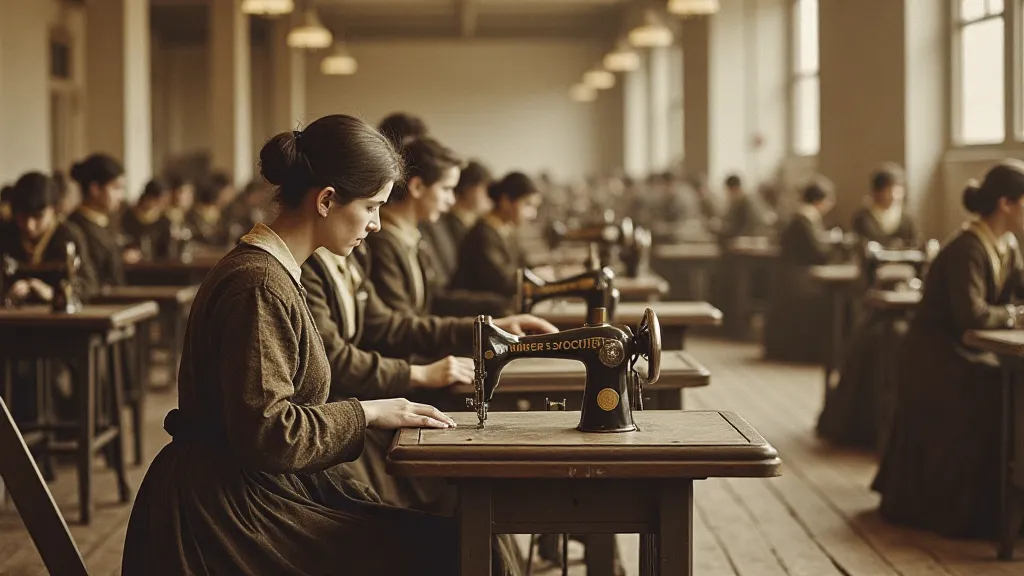
The Shuttle Shift: A Significant Innovation
One crucial innovation spurred by the ongoing patent skirmishes was the development of the oscillating shuttle mechanism. Howe’s original machine used a needle that moved up and down, pushing a thread through a loop created by a separate shuttle. This design proved somewhat complex and prone to failure. Several inventors, including John Bachelder and Henry Janne, independently developed oscillating shuttles – mechanisms that rotated within the machine, creating the stitch more efficiently.
These inventions weren't necessarily breakthroughs in fundamental sewing technology, but they represented a pragmatic response to the limitations of existing designs and the pressure to improve performance. The oscillating shuttle became a defining feature of many successful sewing machines, and its widespread adoption speaks to the power of incremental innovation spurred by competitive necessity.
Beyond the Patents: The Human Element
It’s easy to get lost in the legal technicalities of patent law, but it’s important to remember the human stories behind these machines. These were inventors, entrepreneurs, and workers driven by ambition, necessity, and a desire to leave their mark on the world. They faced incredible challenges – financial hardship, legal battles, and the constant pressure to innovate.
I recall restoring a Wilcox & Gibbs sewing machine a few years ago. Its intricate castings, the delicate wood of its cabinet – it was clearly a machine built with pride and attention to detail. Knowing the history – the struggles, the legal maneuvering, the sheer determination – gave me a profound sense of connection to the people who built it. It was more than just a restoration; it was a small act of remembrance.
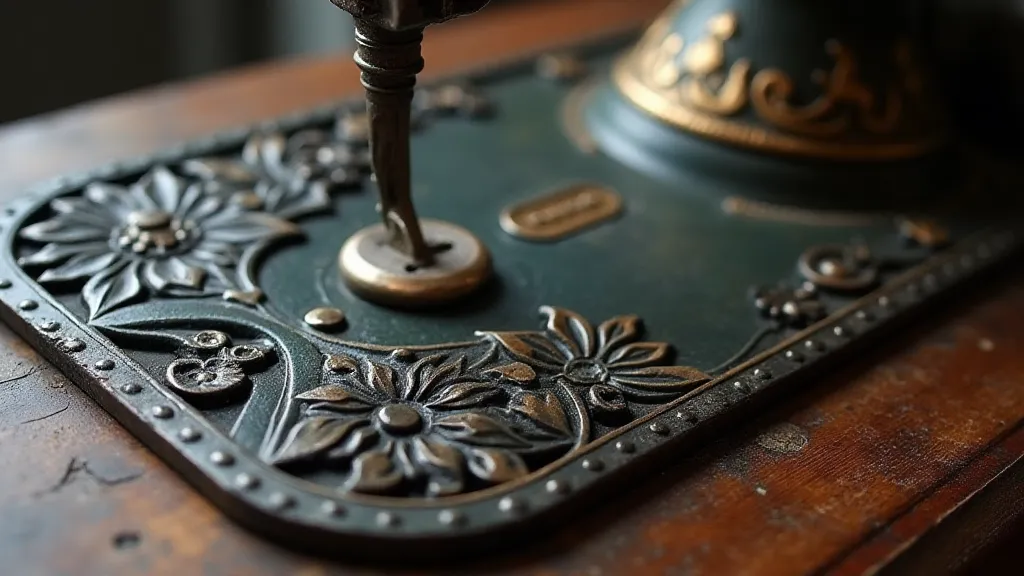
Collecting with Context: Appreciating the Evolution
For those of us drawn to collecting vintage sewing machines, understanding the patent history provides a deeper appreciation for these remarkable artifacts. It’s not just about owning a beautiful object; it's about understanding the story behind it – the battles fought, the innovations achieved, and the people who made it all possible. The evolution of sewing machine design, driven by patent law and competitive necessity, is a fascinating microcosm of the broader industrial revolution.
Consider the subtle variations in designs – the different shuttle mechanisms, the unique handwheels, the ornate decorations. Each detail tells a story of innovation, adaptation, and the relentless pursuit of a better stitch. It’s a journey worth exploring, one machine at a time.
